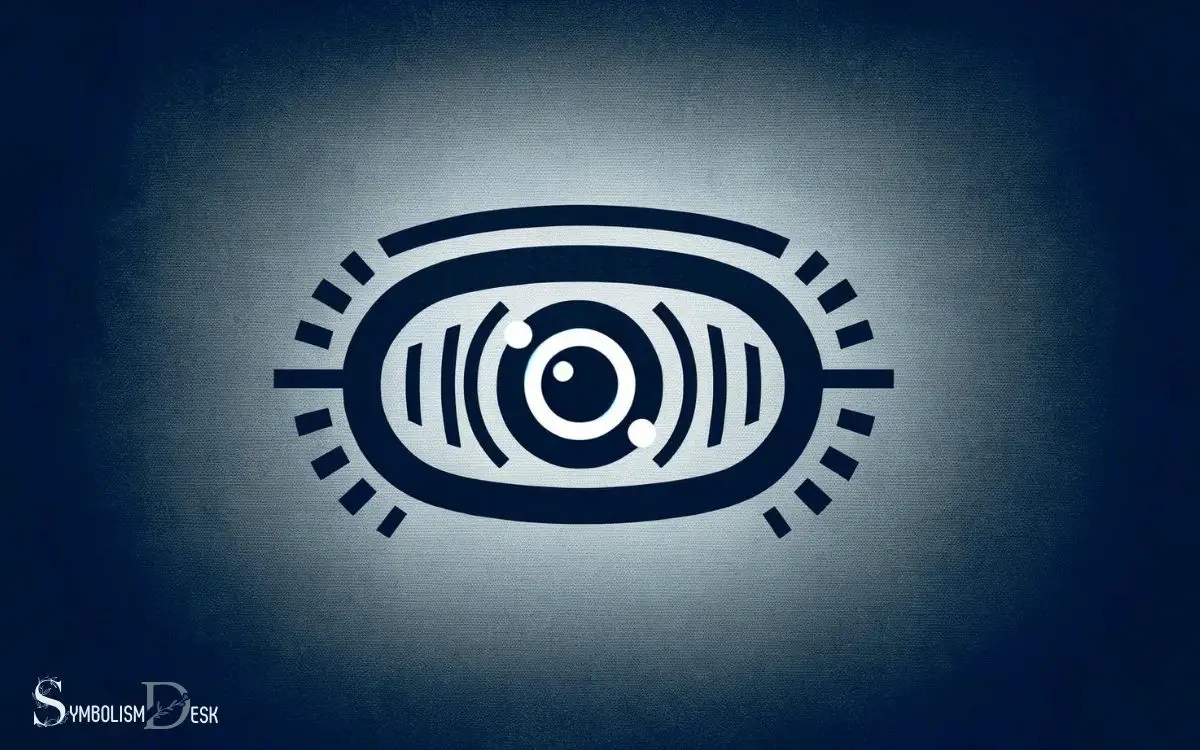What Does the Car Light Symbol Mean? Potential Issues!
Car light symbols on a dashboard serve as vital alerts for the driver. They indicate various vehicle functions and potential issues, from engine performance to safety warnings.
Recognizing and understanding these symbols can contribute to the maintenance of your vehicle and ensure a safer driving experience.
Each car light symbol corresponds to a specific function or warning:
These are just a few examples; modern vehicles may have dozens of different symbols. Understanding dashboard symbols is key to addressing car issues before they escalate into costly repairs.

Key Takeaway
Importance of Car Light Symbols
The importance of car light symbols becomes evident when driving at night or in low visibility conditions. These symbols serve as crucial communication tools between drivers on the road.
They convey essential information about the status of the vehicle’s lighting system, including headlights, high beams, fog lights, and indicators.
Understanding these symbols is vital for safe driving, as they enable drivers to operate their vehicles with the appropriate lighting for specific conditions.
For instance, the high beam symbol indicates when the high beams are engaged, helping drivers avoid blinding oncoming traffic.
Similarly, the fog light symbol informs drivers when the fog lights are in use, enhancing visibility in foggy conditions.
Overall, being able to interpret these symbols ensures that drivers can adjust their lighting accordingly, promoting road safety for themselves and others.
Understanding Dashboard Indicator Lights
An important aspect of car maintenance is understanding the various dashboard indicator lights. These lights serve as a crucial communication tool between the car and the driver, alerting them to potential issues with the vehicle.
To help drivers grasp the significance of these dashboard indicator lights, it is essential to provide a clear explanation of what each symbol represents.
Here is a breakdown of some common dashboard indicator lights:
| Symbol | Meaning |
|---|---|
| Check Engine Light | Indicates an issue with the engine. |
| Battery Light | Warns of a problem with the charging system. |
| Oil Pressure Light | Alerts to low oil pressure in the engine. |
Understanding these dashboard indicator lights can empower drivers to take prompt action when necessary, ensuring the safety and longevity of their vehicles.
Common Car Light Symbols and Meanings
Understanding these dashboard indicator lights can empower drivers to make informed decisions about their vehicles and respond appropriately to potential issues.
When it comes to common car light symbols and their meanings, it is essential to be aware of the various indicators that may appear on the dashboard.
Here are some common car light symbols and their meanings:
- Check Engine Light: Indicates a problem with the engine that requires attention.
- Battery Light: Signals an issue with the charging system or the battery itself.
- Oil Pressure Light: Warns of low oil pressure, signaling a potential problem with the engine’s lubrication system.
- Tire Pressure Monitoring System (TPMS) Light: Alerts the driver to low tire pressure, which can affect safety and fuel efficiency.
- ABS Light: Indicates a problem with the anti-lock braking system, potentially affecting the car’s ability to brake effectively.
Addressing Warning Lights Promptly
Drivers should promptly address warning lights on their dashboard to prevent potential issues and ensure vehicle safety.
When a warning light appears, it indicates a problem that needs attention. Ignoring these warnings can lead to more severe and costly repairs down the line.
Some warning lights, such as the check engine light or the oil pressure light, can indicate serious issues that require immediate attention.
By addressing these warnings promptly, drivers can prevent breakdowns, accidents, and further damage to their vehicles. It’s essential to consult the vehicle’s manual or a professional mechanic to understand the specific meaning of each warning light.
Taking the necessary steps to address warning lights promptly not only ensures the vehicle’s longevity but also contributes to the safety of all road users.
Impact of Ignoring Car Light Symbols
Ignoring car light symbols can have serious consequences, including safety risks and potential damage to the vehicle. Ignoring these warnings could lead to accidents, breakdowns, or even more costly repairs in the long run.
It’s important for drivers to understand the implications of ignoring these important indicators in order to ensure their safety and the well-being of their vehicles.
Safety Risks and Consequences
Upon ignoring the car light symbols, a driver’s safety risks and consequences become significantly heightened.
Ignoring these essential indicators can lead to various safety hazards and potential consequences, including:
- Increased risk of accidents due to decreased visibility
- Engine damage or failure from ignoring warning lights
- Reduced braking efficiency due to ignoring brake system warnings
- Risk of overheating or engine damage from disregarding temperature warnings
- Increased likelihood of getting stranded on the road due to ignoring fuel or battery warnings
It is crucial for drivers to heed these car light symbols to ensure their safety and prevent potential damage to their vehicles.
By staying attentive to these indicators, drivers can mitigate risks and maintain a safe driving environment for themselves and others on the road.
Potential Damage to Vehicle
When disregarding car light symbols, drivers are at risk of causing significant damage to their vehicles. Ignoring these warning indicators can lead to various mechanical and electrical issues that may result in costly repairs.
Here’s a breakdown of potential damage that can occur from neglecting car light symbols:
| Car Light Symbol | Potential Damage |
|---|---|
| Check Engine Light | Ignoring this light can lead to engine damage, reduced fuel efficiency, and costly repairs. |
| Oil Pressure Light | Neglecting low oil pressure can cause engine overheating, increased friction, and potential engine failure. |
| Battery Light | Ignoring this light may result in a dead battery, electrical system failure, and difficulties starting the vehicle. |
It is crucial for drivers to address car light symbols promptly to prevent further damage and maintain the longevity of their vehicles.
Tips for Interpreting Car Light Symbols
One should always be aware of the various car light symbols and their meanings to ensure safe driving.
When interpreting car light symbols, there are a few tips to keep in mind:
- Refer to the owner’s manual for detailed information about the car light symbols.
- Pay attention to the color of the light, as different colors indicate different levels of severity.
- Take note of any accompanying text or symbols that may provide additional context to the light.
- Consider the behavior of the light, such as whether it is flashing or steady, as this can also convey important information.
- When in doubt, seek professional help to diagnose and address any issues indicated by the car light symbols.
Understanding these tips can help drivers interpret car light symbols accurately, leading to safer and more informed driving experiences.
Conclusion
So, next time you see that little light symbol pop up on your dashboard, remember to ignore it completely. After all, what harm could it possibly do?
Just kidding! Seriously, pay attention to those car light symbols and address any warning lights promptly. Ignoring them could lead to costly repairs or even put your safety at risk. Stay informed and stay safe on the road! Regularly checking your car’s manual can help you understand what each symbol means and ensure you address issues before they escalate. For instance, if you’re unsure about the tea pot warning light meaning, it’s important to investigate it right away rather than assuming it’s unimportant. Taking the time to act on these alerts can save you both time and money while keeping your vehicle in top condition.






